Many life sciences companies are interested in moving their GxP workloads to the public cloud but aren’t sure about the toolsets they’ll need to qualify the various Infrastructure-as-a-Service (IaaS) and Platform-as-a-Service (PaaS) solutions that are constantly changing.
xLM customers leverage a robust framework called TestOps, which provides end-to-end automation for continuously qualifying any IaaS/PaaS solution running on AWS or Azure.
TestOps is an automated software validation practice aiming to shorten testing and validation cycles to continuously qualify cloud IaaS/PaaS solutions in close alignment with business and regulatory objectives, including the FDA’s Computer Software Assurance (CSA).
The 6-Step TestOps Framework
This framework can be applied to any IaaS/PaaS solutions or any combination of solutions.
Step 1: Define the Intended Use
An IaaS or PaaS solution can be configured to be used in many ways to meet various end user needs. It’s important to document the intended use cases of the solution. The intended use forms the basis for designing a qualification strategy.
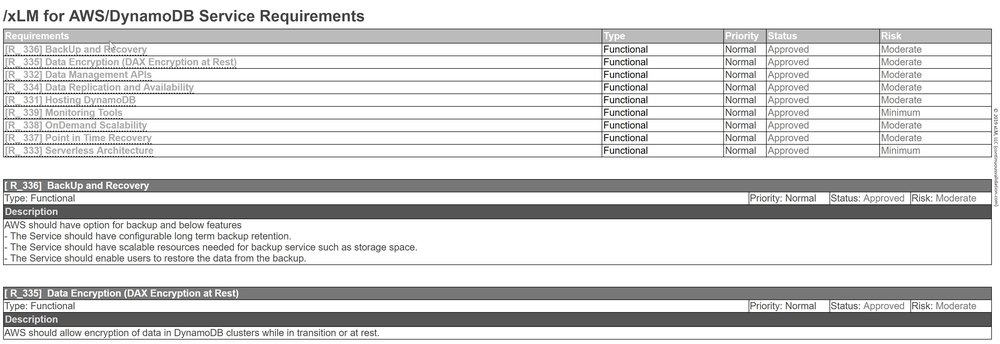
Step 2: Design Test Cases in the Coding Framework
Traditionally, test cases have been developed outside of coding using Microsoft Word as the authoring tool, but this outdated approach doesn’t provide hard traceability to your code.
TestOps supports a “Given-When-Then” framework, wherein the validation analyst can build test cases within the coding environment that are directly linked to the corresponding test automation code by the developers. In other words, both validation analysts and developers are working in the same environment, and test case definitions are not separate from the code.

Step 3: Code the Test Cases
Once the test case is complete, developers code the testing scenarios, which typically involves driving the browser for UI testing or leveraging the APIs. The code is organized into reusable snippets (features, pages, utilities, etc.) to better maintain the test automation model.
After the code development, code reviews, testing, and quality checks are complete, the code is checked into the Code Factory.
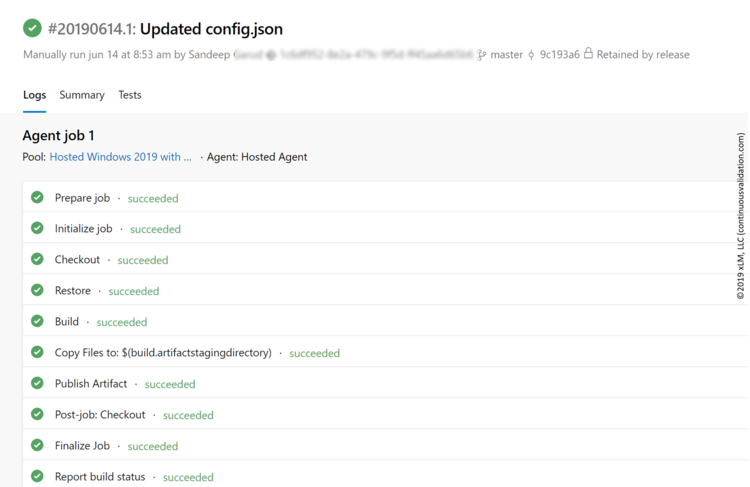
Step 4: Build the TestOps Pipeline
Once the code is published, the TestOps Pipeline is configured to:
- Retrieve the published code
- Deploy the qualified code into the test environment
- Run the test automation code to qualify the System Under Test (SUT)
- Generate a test automation report, or “executed protocol”
- Archive all the test run artifacts
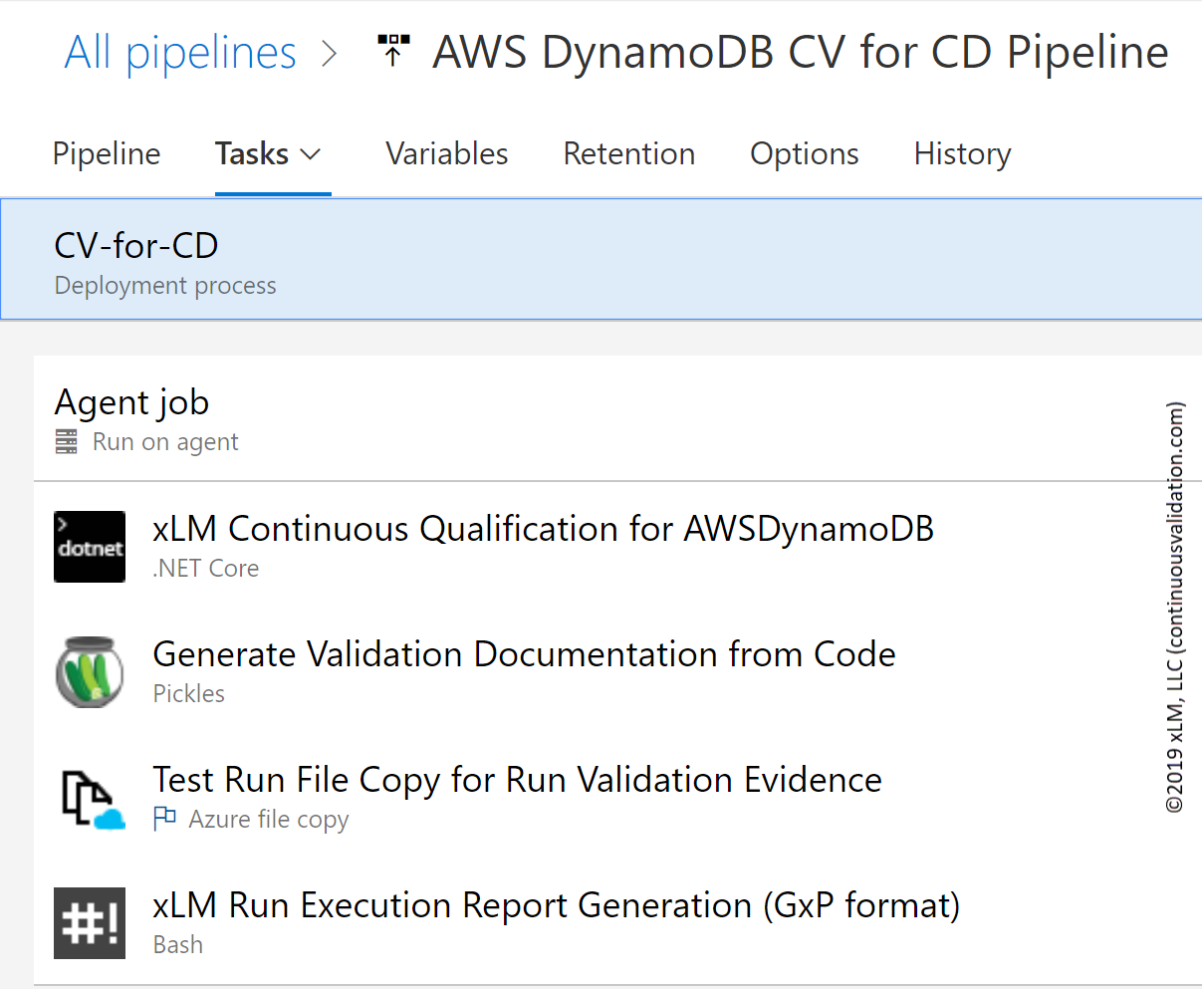
Step 5: Run the TestOps Pipeline
Once the pipeline is fully configured and released by quality, it can be run either manually or automatically (scheduled or event-based). Pipeline run-time steps include:
- Obtaining pre-approval to run the qualified pipeline
- Running the test automation code and generating the execution report
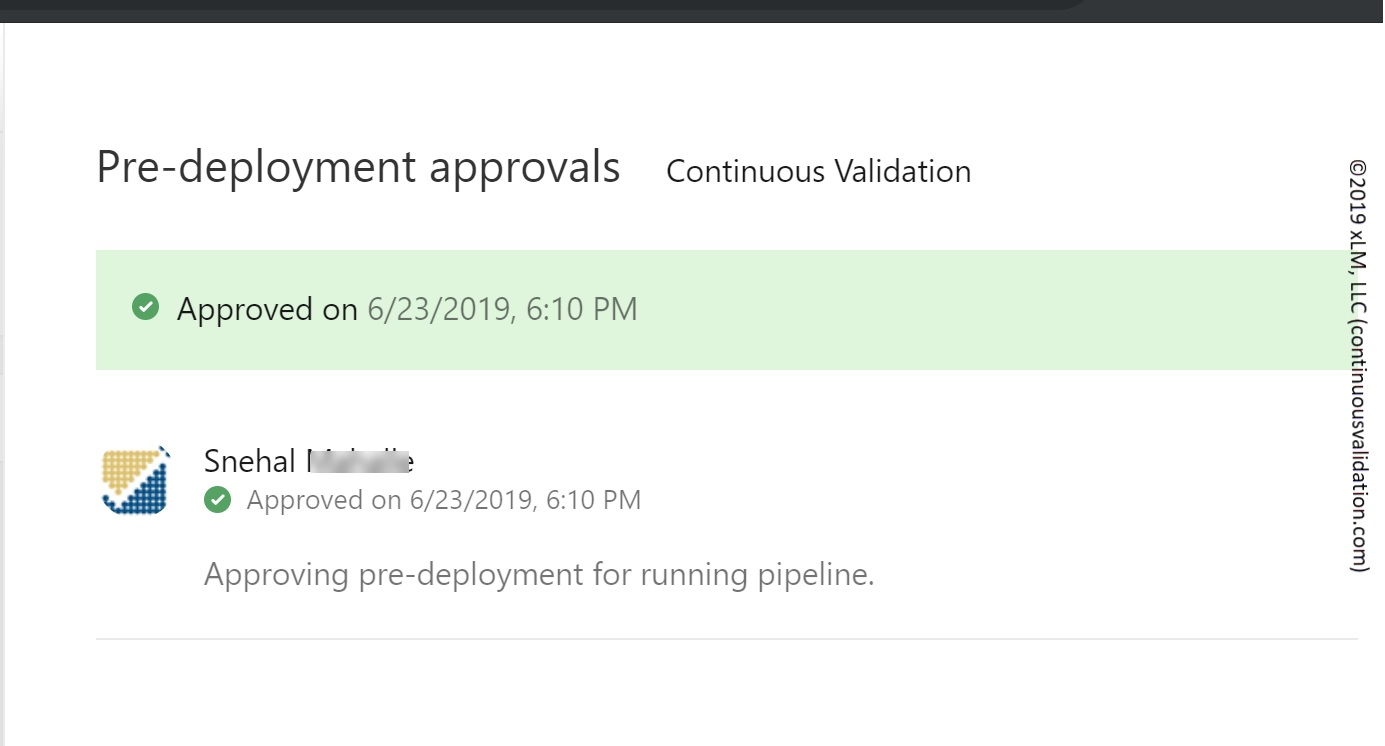
Step 6: Review the Results
After the pipeline run is successful, the final step is to review the test automation results to ensure all acceptance criteria have been met. This review is documented with post-deployment approval.
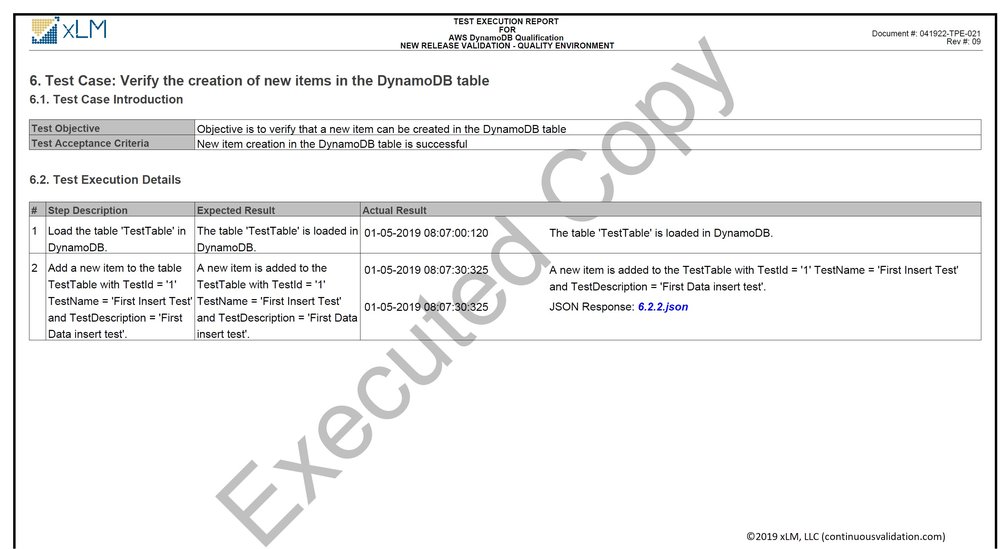
Cost-Efficiently Qualify Any IaaS/PaaS Solution
The xLM TestOps framework enables you to build a service catalog of qualified IaaS/PaaS solutions, so your development teams can leverage these tools whenever necessary. This model entirely removes the qualification hurdle each time a project is deployed in the cloud.
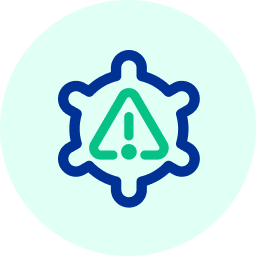
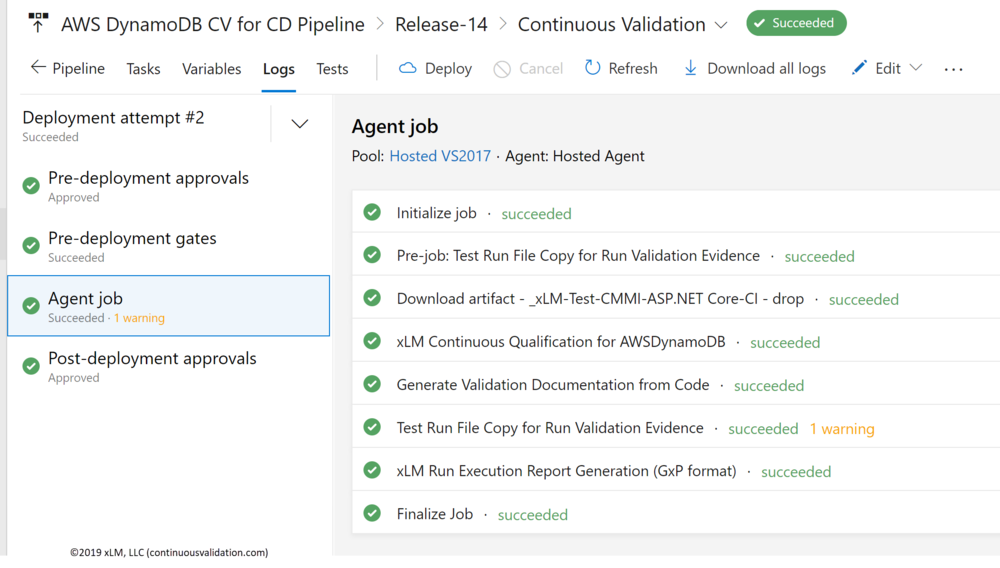
COMMENTS